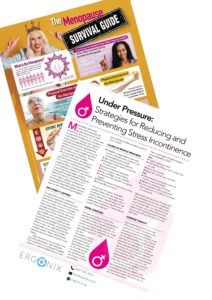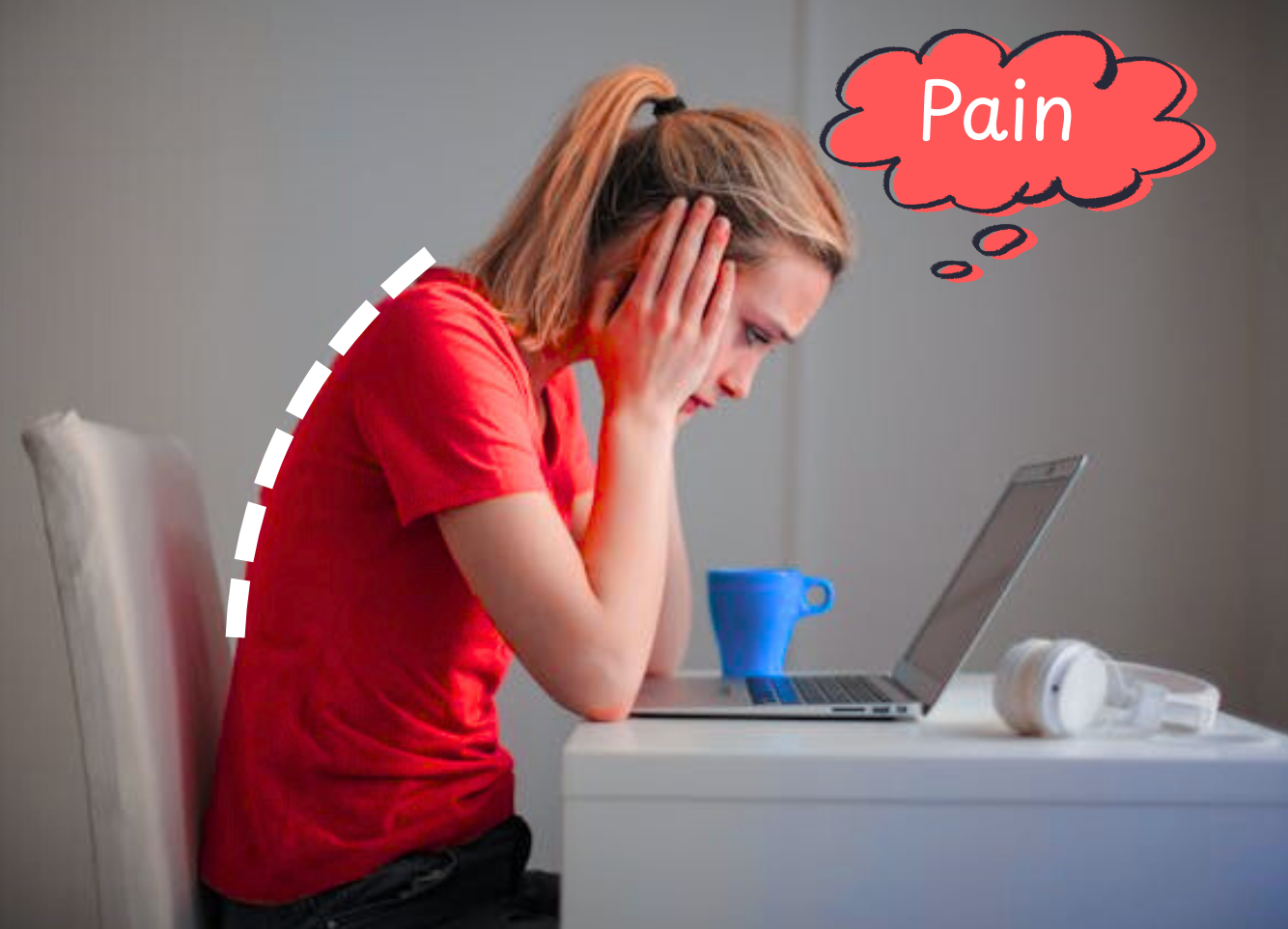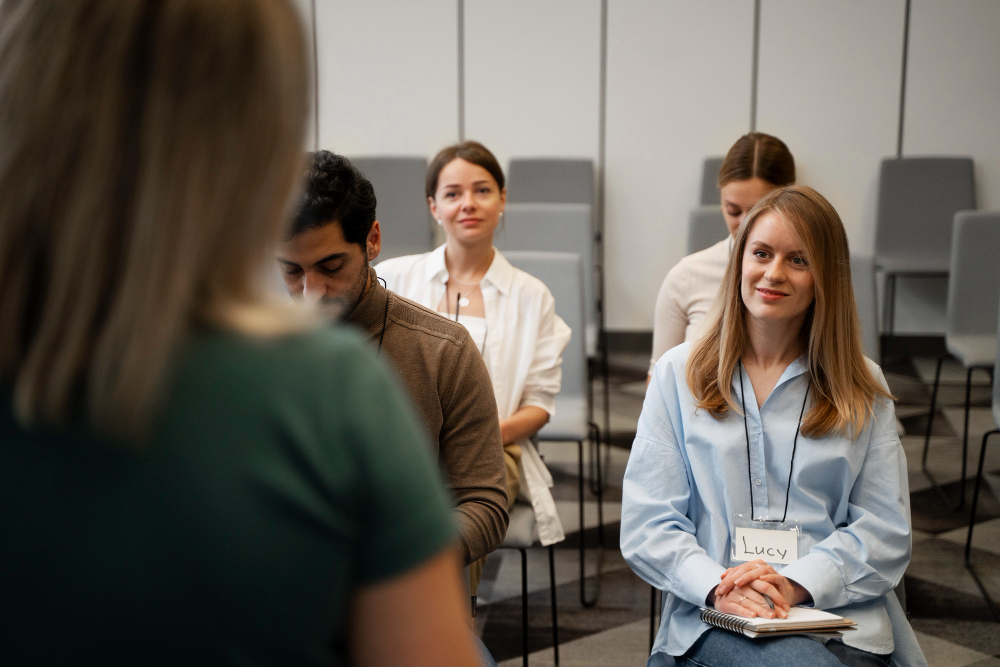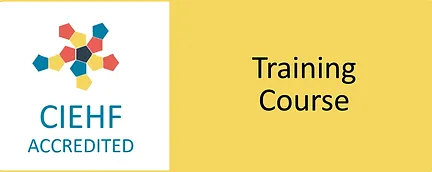This article is aimed at supporting workplaces to help employees stay healthy and productive through midlife and beyond.
 As we move through midlife and beyond, changes in strength, coordination and overall wellbeing can subtly, and sometimes significantly, influence how we feel and perform at work. For many, these changes may affect daily comfort, confidence and the ability to carry out tasks effectively.
As we move through midlife and beyond, changes in strength, coordination and overall wellbeing can subtly, and sometimes significantly, influence how we feel and perform at work. For many, these changes may affect daily comfort, confidence and the ability to carry out tasks effectively.
Understanding and supporting bone health, balance, and pelvic floor function in the workplace is not only important for personal health but is also essential for sustaining productivity, preventing injury, and enabling people to thrive in their roles
When Balance and Falls Become a Workplace Concern
From around age 35, most people begin to lose muscle mass and bone density, with this process accelerating during and after menopause (NIH, 2022). These changes can gradually affect balance and strength over time, particularly in those who combine a sedentary lifestyle with desk-based work. Regular physical activity can help counteract these effects and improve workplace performance and safety.
While falls are often associated with older adults, reduced balance and strength in midlife can increase the risk of trips, slips, and minor accidents at work. Such incidents can lead to short- or long-term injury, reduced mobility, time off work, and decreased productivity. Employers have a legal duty under health and safety regulations to maintain a safe working environment, making the proactive management of fall risks essential (HSE, nd). Maintaining strength, balance, and overall fitness during the working years is therefore important, not only for immediate workplace safety but also for long-term personal health and independence.
The risk of fall-related injuries significantly increases at age 65. One third of people over 65 and half of people over 80 fall at least once a year (OHID, 2022). Experiencing a fall once doubles the risk of falling again (CDC, 2024). These incidents can lead to long-term recovery, reduced mobility and absence from work. Prevention during the working years is therefore vital. Research shows that performing specific balance exercises and engaging in more than three hours of physical activity per week can reduce fracture risk from falls by 40% and cut the frequency of falls by up to 49% (Age UK, nd).
Practical ways to reduce fall risk at work and home:
- Keep walkways, corridors, and frequently used spaces free from clutter, loose rugs, and trailing cables.
- Ensure adequate lighting in work areas, corridors, stairways, and entrances.
- Encourage regular eyesight tests to detect and address vision changes.
- Be aware of changes in hearing, as hearing loss can significantly increase the risk of falls. Using a hearing aid can reduce the risk by 50% (NCOA, 2025).
- Promote supportive footwear with good grip, particularly in environments with slippery or uneven floors.
- Encourage regular movement breaks to avoid stiffness, especially during prolonged desk work.
- Incorporate exercises that build lower body strength, core stability, and balance into daily routines.
- Build more movement into the day: walking during breaks, standing to stretch each hour or taking the stairs can make a significant difference over time.
- Introduce small, simple habits, such as standing on one leg while brushing teeth for balance or taking the stairs instead of lifts for strength and cardio.
By proactively addressing balance and fall risks, employers can reduce workplace accidents, support staff wellbeing, and meet health and safety obligations; all while maintaining productivity and a safer working environment.
Bone Health: More Than Just Calcium
Bone density naturally declines over time, with postmenopausal women at higher risk of osteoporosis. This condition can increase the chance of fractures and lead to chronic pain, reduced mobility and limitations in everyday activities.
Prevention is achievable through targeted lifestyle choices (NHS, 2022). Alongside calcium and vitamin D, regular strength training and weight-bearing activities play a crucial role in maintaining skeletal strength.
Key habits for supporting bone health:
- Eat a calcium-rich diet, adding supplements if necessary.
- Spend time outdoors to support natural vitamin D production.
- Avoid smoking and limit alcohol consumption.
- Engage in resistance or bodyweight exercises such as squats, stair climbing or light weight training.
- Choose weight-bearing activities like walking, dancing or low-impact aerobics.
- If over 50 or at higher risk, ask your GP about a bone density scan.
Urinary Incontinence: A Common but Often Overlooked Concern
Urinary incontinence (UI) is an involuntary leakage of urine and it is more widespread than many realise, with an estimated 34% of women in the UK affected (NICE, 2025). There are different types of UI. The most common include:
- Stress urinary incontinence: occurs when weakened pelvic floor muscles place pressure on the bladder, causing leakage during coughing, laughing, lifting, or exercise.
- Urgency urinary incontinence: occurs when the bladder contracts suddenly or signals are overactive, causing a strong, often difficult-to-delay urge to pass urine.
- Mixed incontinence: when both stress and urgency symptoms are present.
It can also lead to emotional challenges such as reduced self-esteem, anxiety, or low mood; difficulties with intimacy and relationships; and practical issues including skin irritation, recurrent infections, or even a greater risk of falls (NICE, 2025).
Despite its impact, UI is often overlooked in workplace conversations. Yet providing access to private facilities and including pelvic floor health within wellbeing programmes can make a real difference to confidence and participation at work.
Practical strategies for managing UI:
- Stress urinary incontinence: learn pelvic floor activation and strengthening from a women’s health physiotherapist; stay active with low-impact exercise such as walking or Pilates; maintain a healthy weight to reduce abdominal pressure; take regular breaks from prolonged sitting to ease pelvic floor strain.
- Urgency urinary incontinence: manage fluid intake and limit bladder irritants; use timed voiding or scheduled bathroom breaks; seek advice from a health professional for further support.
Action Plans and Employer Support
Simple Action Plan for Employees:
- Include short bursts of movement in your day, even during work hours.
- Aim for at least three hours of physical activity each week.
- Eat a balanced diet rich in calcium and vitamin D.
- Learn pelvic floor exercises and practise them daily.
How Employers Can Help:
- Offer wellbeing workshops and resources on balance, bone health, pelvic floor care, and overall workplace wellbeing.
- Encourage active breaks and create safe, uncluttered, and ergonomically supportive working environments to enhance workplace safety.
- Support flexible movement opportunities, such as walking meetings or stretch breaks, to promote employee health.
- Include women’s health topics in internal communications and workplace wellbeing programmes.
- Provide access to relevant specialists, such as physiotherapists, through occupational health services, supporting both physical and mental health.
Bringing Health into Everyday Work Life
Health is not just something to think about in retirement. It influences energy, focus and quality of life throughout our working years. By encouraging proactive habits and raising awareness, employers can help staff stay active, confident and productive.
We provide accessible health education materials and workplace sessions covering topics such as bone health, movement, balance and bladder control. These are ideal for internal wellbeing campaigns, team newsletters and workplace health days.
To help your team take proactive steps towards better health at work, contact us to access our resources, wellbeing workshops/training and tailored workplace wellbeing support. Together, we can create a healthier and more engaged workforce.
References/ Further Reading:
Age UK. nd. Stop Falling: Start Saving Lives and Money.
Centre for Aging Better. 2027. Heading for a Fall.
Health and Safety Executive (HSE). nd. Managing risks and risk assessment at work.
National Council on Aging (NCA). 2025. Get the Facts on Falls Prevention
NHH. 2022. Prevention. Osteoporosis.
National Institute for Health and Care Excellence (NICE). 2025. Incontinence – Urinary in Women
NIH, National Institute on Aging. 2022. How can strength training build healthier bodies as we age?
Office for Health Improvement & Disparities (OHID). 2022. Falls: applying All Our Health.








